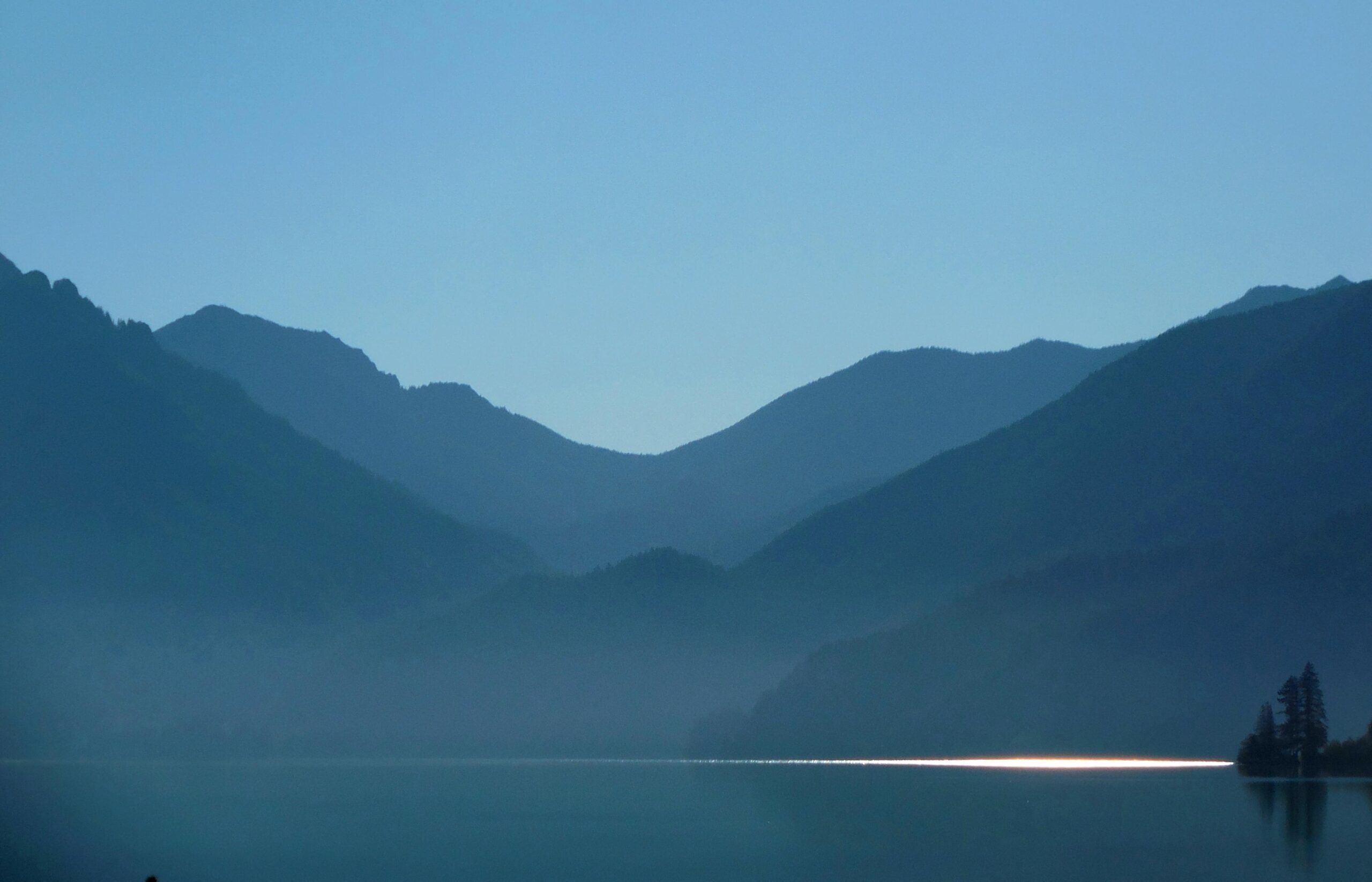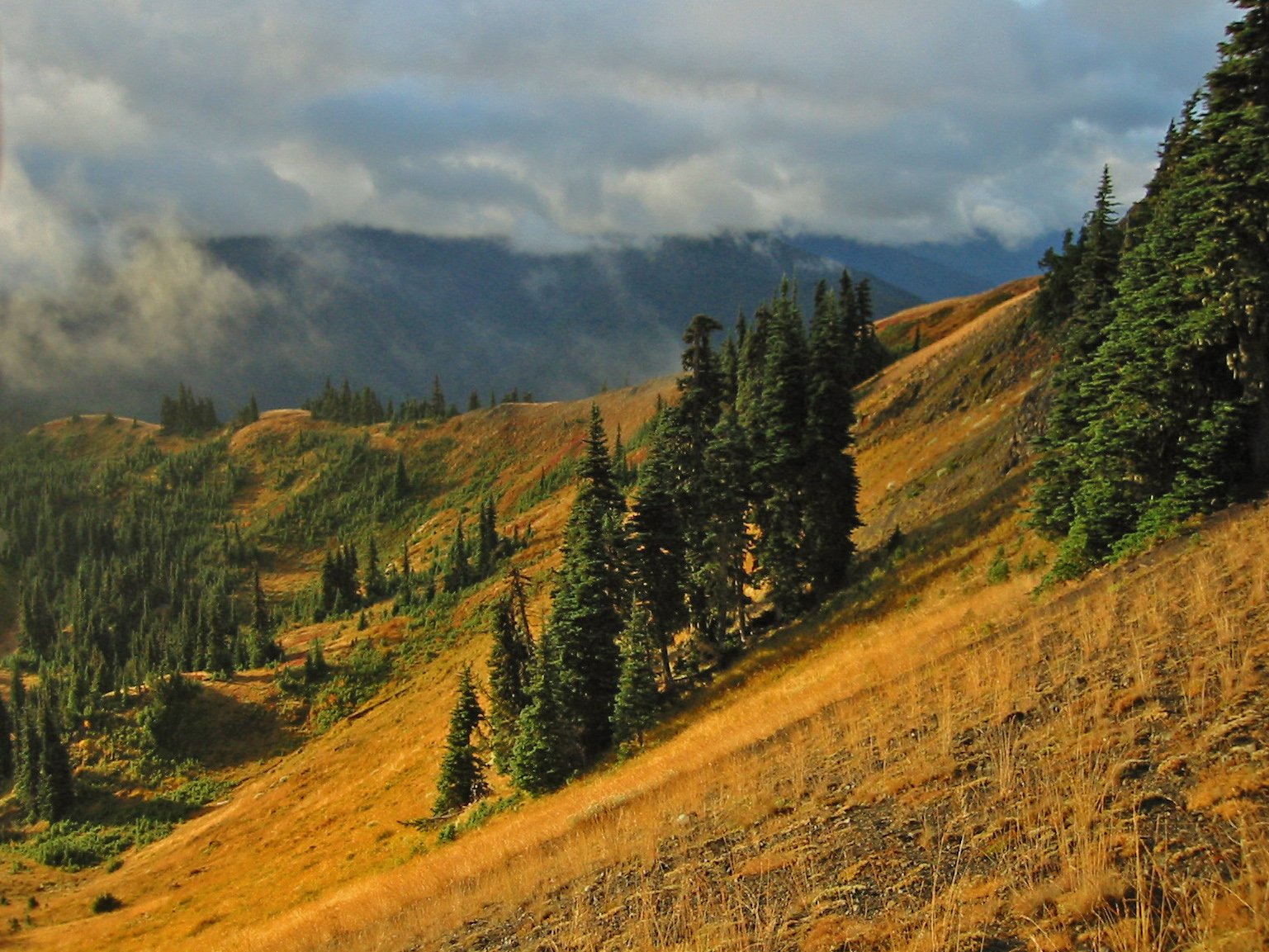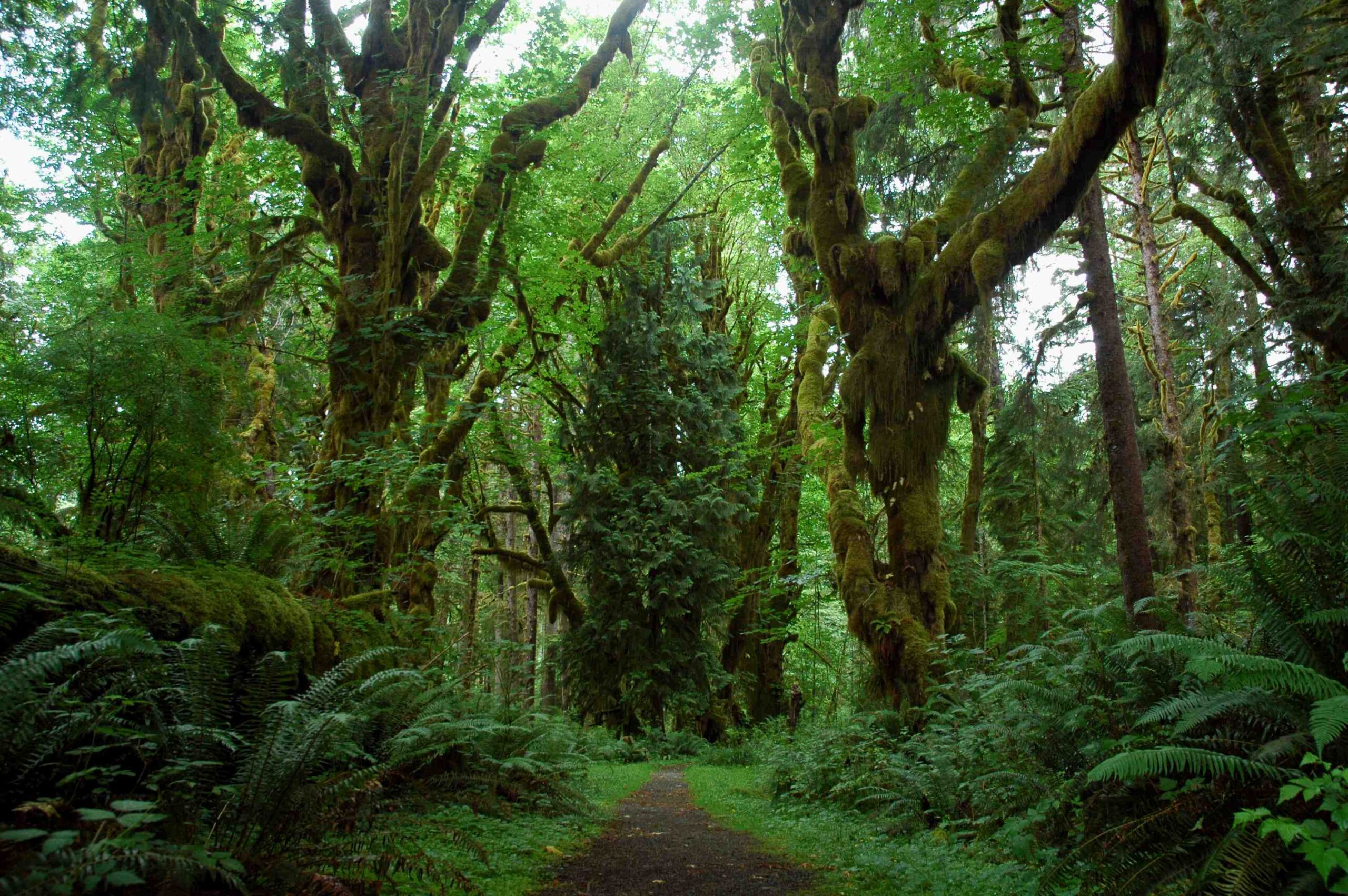Olympic National Park’s coastline offers a mesmerizing natural phenomenon: bioluminescent waves. These glowing waters, caused by light-emitting microorganisms, create a magical spectacle along the park’s shores. Visitors can witness this ethereal display in various locations, with the best viewing opportunities occurring during summer months and new moon phases. This article explores the best spots, timing, and techniques for experiencing and capturing this unique natural light show in Olympic National Park.
Where Can You See Bioluminescent Waves in Olympic National Park?

The Olympic Coast National Marine Sanctuary and its surrounding waters are prime locations for observing bioluminescent waves. Specific beaches known for this phenomenon include:
- Ruby Beach
- Hole in the Wall
- Kalaloch Beach
- Rialto Beach
These areas offer excellent vantage points due to their unique landscapes and tidal conditions. The bioluminescence is typically caused by dinoflagellates, a type of marine plankton that emits light when disturbed by wave action or other movements in the water.
When Is the Best Time to Witness Bioluminescent Waves?

Optimal Seasons
The best time to see bioluminescent waves in Olympic National Park is during the summer months, particularly June and July. During this period, water temperatures are warmer, which increases the concentration of bioluminescent organisms.
Ideal Lunar Phases
For the most vivid displays, plan your visit during:
- New moon phase
- After moonset
These conditions minimize ambient light, allowing for better visibility of the bioluminescent glow.
Weather Considerations
Clear, dark nights provide the best viewing conditions. Avoid using flashlights and allow your eyes to adjust to the darkness for optimal visibility.
How Can You Capture Bioluminescent Waves on Camera?
Photographing bioluminescent waves requires specific techniques and equipment:
Camera Settings
- ISO: 1600-3200
- Aperture: f/2.8 or wider
- Exposure time: Start with 10-20 seconds, adjust as needed
Composition Tips
- Include shoreline or landscape features for context
- Shoot from a low angle
- Use a wide-angle lens to capture the full extent of the waves
Essential Equipment
- Tripod for stability during long exposures
- Remote shutter release or camera timer
- Wide aperture lens
What Safety Precautions Should You Take?
When exploring Olympic National Park’s coastline for bioluminescent waves, keep these safety measures in mind:
-
Tidal Awareness: Check tide charts and plan your visit during low tide for safer access to shoreline areas.
-
Wildlife Considerations: Maintain a safe distance from marine animals like otters, seals, and porpoises.
-
Accessibility: Some viewing areas may require hiking or paddling. Ensure you’re prepared with appropriate gear and physical fitness.
-
Park Regulations: Follow all park rules and guidelines for accessing coastal areas.
What Are Some Lesser-Known Facts About Bioluminescent Waves?
| Fact | Description |
|---|---|
| Cause | Bioluminescence is produced by marine microorganisms called dinoflagellates |
| Trigger | Light is emitted when the organisms are disturbed by wave action or movement |
| Color | The light is typically blue-green due to the chemistry of the light-emitting reaction |
| Purpose | Bioluminescence may serve as a defense mechanism or for communication among organisms |
| Occurrence | While more common in tropical waters, it can be observed in temperate regions like Olympic National Park |
How Does Climate Change Affect Bioluminescent Waves?
Climate change may impact the occurrence and intensity of bioluminescent waves in several ways:
-
Water Temperature: Rising ocean temperatures could alter the distribution and abundance of bioluminescent organisms.
-
Ocean Acidification: Changes in water chemistry may affect the health and behavior of light-emitting plankton.
-
Algal Blooms: Increased nutrient runoff and warmer waters might lead to more frequent algal blooms, potentially including bioluminescent species.
-
Ecosystem Shifts: Changes in marine food webs could indirectly impact bioluminescent organism populations.
Researchers continue to study these potential effects to better understand the future of this natural phenomenon in areas like Olympic National Park.
What Other Bioluminescent Phenomena Can Be Observed in Olympic National Park?
While bioluminescent waves are the most prominent display, visitors to Olympic National Park might also encounter:
-
Glowing Fungi: Some mushroom species in the park’s forests exhibit bioluminescence.
-
Fireflies: Though less common, certain areas of the park may host bioluminescent insects.
-
Marine Organisms: Beyond the waves, individual bioluminescent creatures like jellyfish or ctenophores might be spotted in tidal pools or deeper waters.
These additional bioluminescent phenomena contribute to the park’s unique nighttime ecosystem and offer further opportunities for nocturnal exploration and photography.
By understanding the best locations, timing, and techniques for observing bioluminescent waves in Olympic National Park, visitors can experience one of nature’s most captivating light shows. Remember to respect the park’s natural environment and follow safety guidelines to ensure a memorable and responsible encounter with this magical phenomenon.
References:
1. https://stateofwatourism.com/bioluminescence-washington/
2. https://www.somewherewithsora.com/post/washington-olympic-national-park
3. https://marinesanctuary.org/blog/bioluminescence-in-olympic-coast-national-marine-sanctuary/

